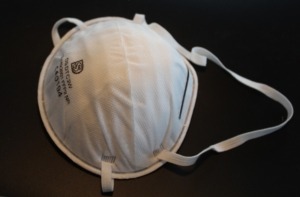When you’re looking for an interior painting contractor who is reliable and trustworthy, sometimes it’s a challenge trying to sift through the many options available. A quick search on the internet might pull up dozens of options in your city, and it’s not always easy to determine who actually does quality work. When it comes to properly vetting and selecting who can get the job done right, there are a few things you can do to properly evaluate your options and end up with the best contractor possible. For most homeowners, this project only comes around every 10 years, so here are a few tips to help you select the right interior painting contractor for the job and make your time and money count!
- Talk to Neighbors and Friends – These days, it’s very tempting just to search the internet for a contractor and pick the highest result, but when it comes to hiring a quality painter, it’s all about their reputation for quality work. Asking around for folks who can give a positive (or less than positive) review of a painting professional they’ve used in the past is a great way to cut through the clutter. If you’re still determined to use the internet, make sure to dig deeper into trusted consumer review sites.
- Collect Multiple Bids – Time is valuable, and it’s certainly easier to just call one contractor and stick with their quote, but do yourself a favor and take the time to line up at least three estimates. This doesn’t necessarily mean you’ll always pick the cheapest quote, but you’ll be able to get a feel for the attention to detail and quality brought by each company.
- Don’t Be Afraid to Ask Questions – Any reliable interior painting contractor should have no problem answering questions about their business’ stability and legitimacy. What is their experience level and are they properly licensed? Are they insured? Do they have testimonials to share, and are they able to offer any guarantee or warranty on the work to be completed?
- Share Your Vision – Good painters will always listen to the client’s wishes and should also be very clear about the quality of materials they’ll use, the specific surfaces to be painted, and any other prep work and repairs that must take place prior to actual painting.
- Check and Verify Certifications – Beyond references from past customers, check if the contractor is in good standing with the BBB and other consumer advocate organizations.
- Read the Paperwork Carefully – Make certain the work you’ve discussed during the estimate period is written and scheduled, including details of surfaces, colors, and materials to be used. Also verify payment terms, estimated completion date and warranty.
With these helpful tips, you’ll avoid the potential pitfalls of hiring inexperienced, unreliable painters. For a job that needs to be done right the first time, hiring proven professionals is key!
Kenneth Axt is Your Trusted Interior Painting Contractor
In metro Atlanta, customers have been putting their faith in Kenneth W. Axt & Associates for over 40 years. With great pride in the quality of our work and the long-term satisfaction of our clients, we’ve become one of the most trusted names for painting in the city. Our crews and estimators are trained to properly evaluate what is needed for each painting project, including any carpentry repairs and other touch ups that might need to take place prior to painting. Plus, we’re proud to offer our very own color consultant with our free estimates, because we all know how confusing things can get after staring at too many paint swatches! Thanks to this attention to detail and our use of only the finest in paint materials from brands such as Sherwin Williams, we’re able to offer a solid 10-year warranty on all of our work. And remember, we’re more than just an interior painting contractor, with other services including carpentry, hardie plank, deck staining, power washing, rotten wood replacement, and stucco repair.
We know you have lots of choices when it comes to hiring a quality painting contractor, but hopefully the above guide has been helpful, and please don’t hesitate to get in touch with our team here at Kenneth Axt. Let us tell you about what makes us different, and why experience and long-term value are more important than finding the cheapest, easiest solution when it comes to painting services. Contact us today to see why we’ve been certified a “Best Pick” for over 16 years by Home Reports, along with receiving an “A+” rating from the Better Business Bureau and a “Trust Dale” certification. Let’s get started on making your home look beautiful inside and out!

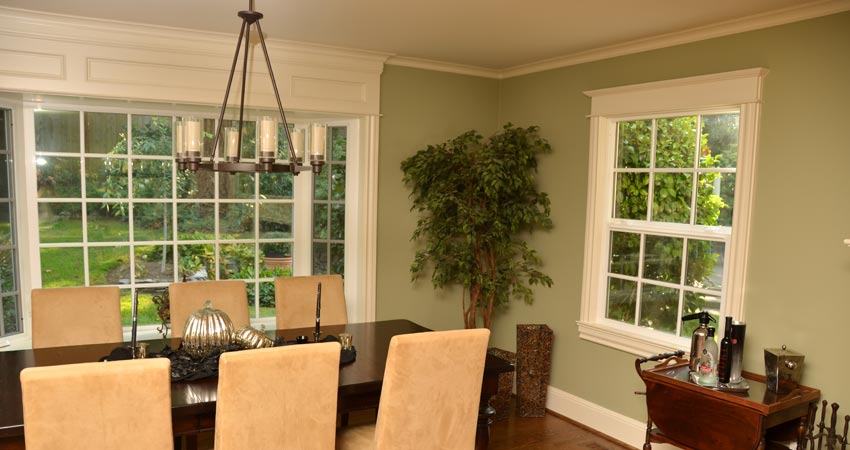
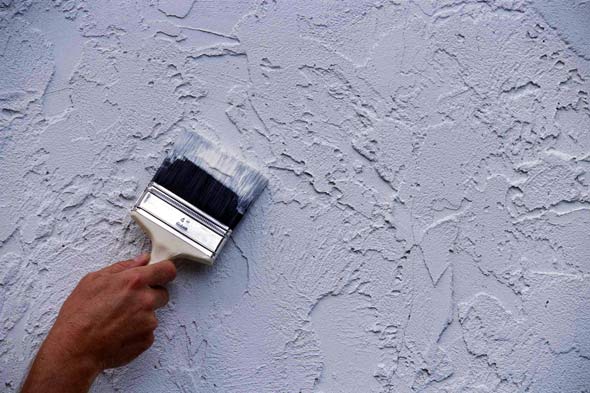 Once the surface has been prepared by pressure washing, cracks and bulges have been repaired, you are ready to begin the application process.
Once the surface has been prepared by pressure washing, cracks and bulges have been repaired, you are ready to begin the application process.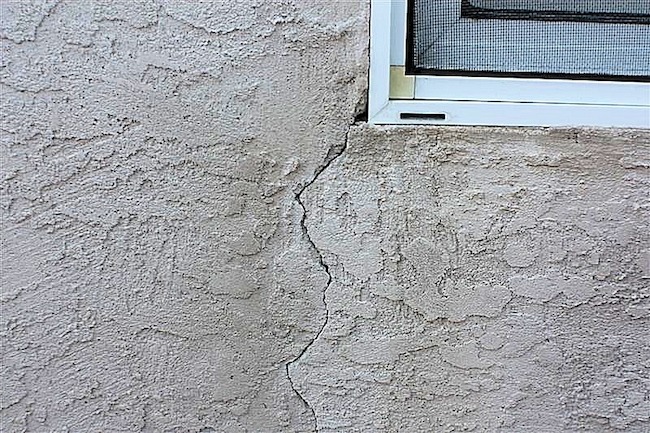
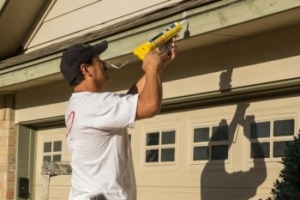
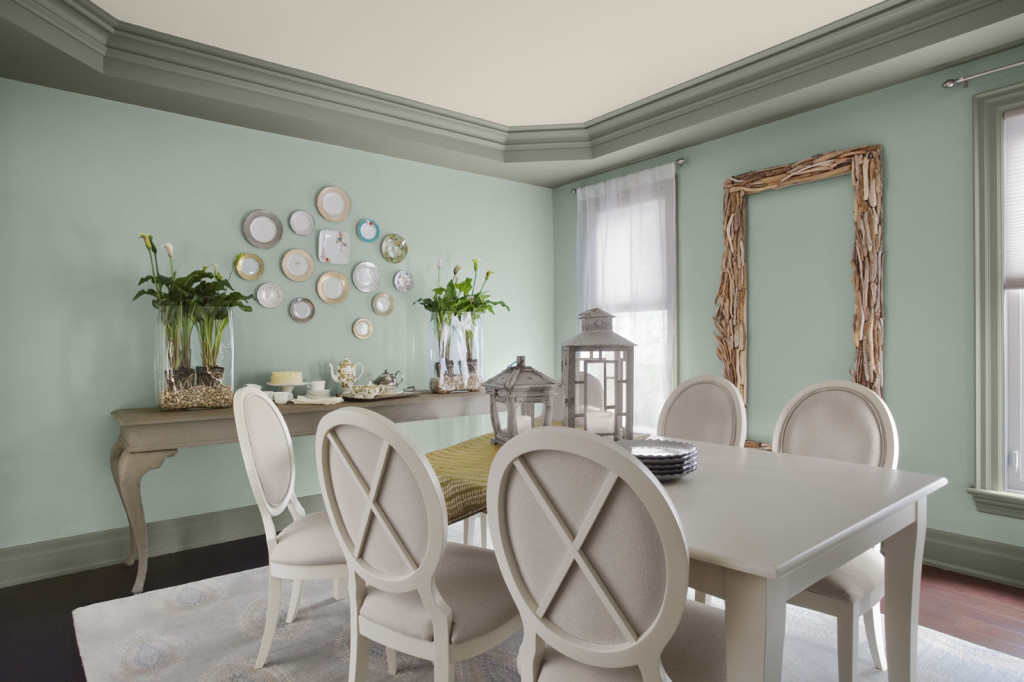
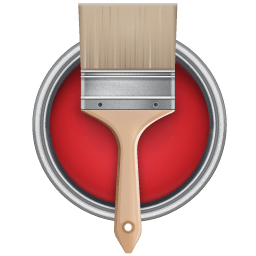 When selecting the type of wall finish for the interior of your home, you must consider the amount and the type of traffic that it endures. If you have young children, pets, or lots of visitors, your wall finish will require a more washable and scrubbable paint. The second consideration is how high a sheen or gloss is necessary to enable washing and scrubbing maintenance.
When selecting the type of wall finish for the interior of your home, you must consider the amount and the type of traffic that it endures. If you have young children, pets, or lots of visitors, your wall finish will require a more washable and scrubbable paint. The second consideration is how high a sheen or gloss is necessary to enable washing and scrubbing maintenance.
